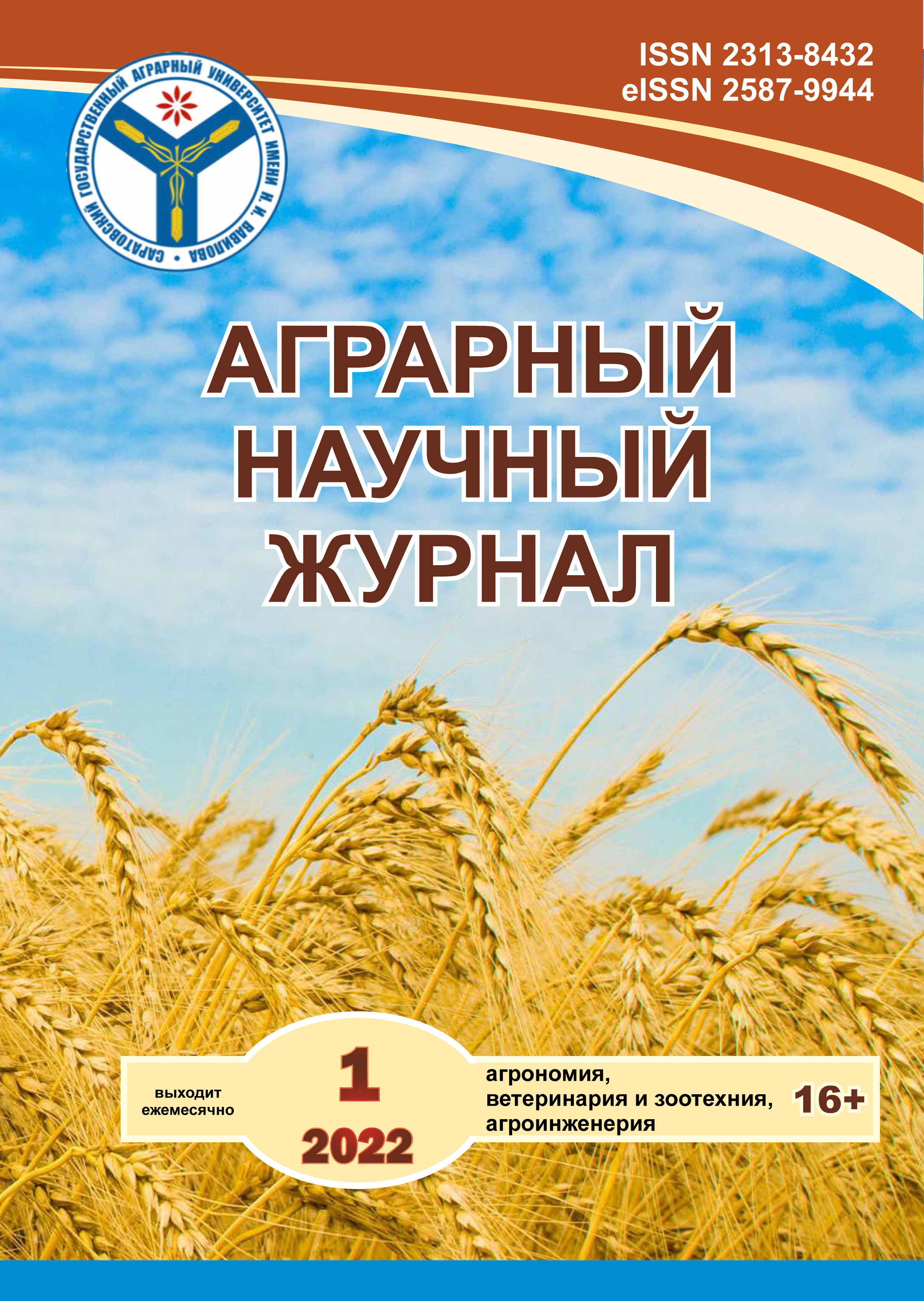Blood counts of cats with chlamydia and their correction with the drug "Azitronit"
DOI:
https://doi.org/10.28983/asj.y2022i1pp67-70Keywords:
erythrocytes, leukocytes, platelets, hematocrit, chlamydia, cats, AzitronitAbstract
Chlamydia is the main cause of diseases related to reproductive health, and iron plays an important role in the pathogenesis of chlamydia. Azithromycin preparations are widely used for the treatment of bacterial infections. One of them is "aZitronite. The drug "aZitronite" was administered 0.5 ml per animal, 1 time per day, for 7 days. In sick animals, the number of leukocytes in the blood increases by about 2 times compared to healthy animals (10.47 ± 0.32 ? 109 / l). After treatment, the number of leukocytes decreases by 17.9% relative to the indicator of sick animals, but remains higher by 65.9% relative to healthy ones. It was found that the level of eosinophils decreased by 6.6%, and the level of neutrophils decreased by 7.9% relative to the initial level. The concentration of hemoglobin in the blood of sick animals before and after treatment was 160.9± 2.12 g / l and 140.9± 1.57 g /l, respectively, which is higher by 30.0% and 12.4%, respectively, relative to the control. The drug "aZitronite" has a pronounced positive effect on the body of sick animals.
Downloads
References
Ахмадеева К. Э., Каримова Р. Г. Биохимический состав крови у собак с хронической сердечной недостаточностью в декоменсированной стадии // Ученые записки Казанской государственной академии ветеринарной медицины им. Н.Э. Баумана. 2020. Т. 244. № 4. С. 27–30.
Зирук И. В., Салаутин В. В., Лукьяненко А. В. Влияние микроэлементов на морфологические показатели крови подсвинков // Вестник Красноярского государственного аграрного университета. 2018. № 1 (136). С. 59–64.
Зирук И. В., Салаутин В. В., Чечеткина Е. О. Гематологические показатели подсвинков при добавлении в рацион комплекса микроэлементов // Российский ветеринарный журнал. Сельскохозяйственные животные. 2012. № 2. С. 8–10.
Зирук И. В., Салаутин В. В., Чечеткина Е. О. Основные морфологические показатели крови свиней при использовании аспарагинатов, а также новых стимулирующих средств (тканевого препарата, седимина и фракций ЭХАВ) // Ветеринария Кубани. 2012. № 2. С. 23–25.
Каримова Р. Г., Белова А. А. Активность нитроксидергической системы у кошек и собак при хронической почечной недостаточности // Ученые записки Казанской государственной академии ветеринарной медицины им. Н.Э. Баумана. 2020. Т. 241. № 1. С. 99–103.
Струговщиков А. Ю., Пудовкин Н. А., Салаутин В. В. Особенности распространения хламидийной инфекции в городе Москва // Международный вестник ветеринарии. 2020. № 2. С. 21–25.
Струговщиков А. Ю., Смутнев П. В., Пудовкин Н. А., Салаутин В. В. Характеристика мочевинообразовательной функции печени кошек, больных хламидиозом // Аграрный научный журнал. 2020. № 12. С. 72–74.
Downloads
Published
Issue
Section
License
Copyright (c) 2022 The Agrarian Scientific Journal

This work is licensed under a Creative Commons Attribution-NonCommercial 4.0 International License.








